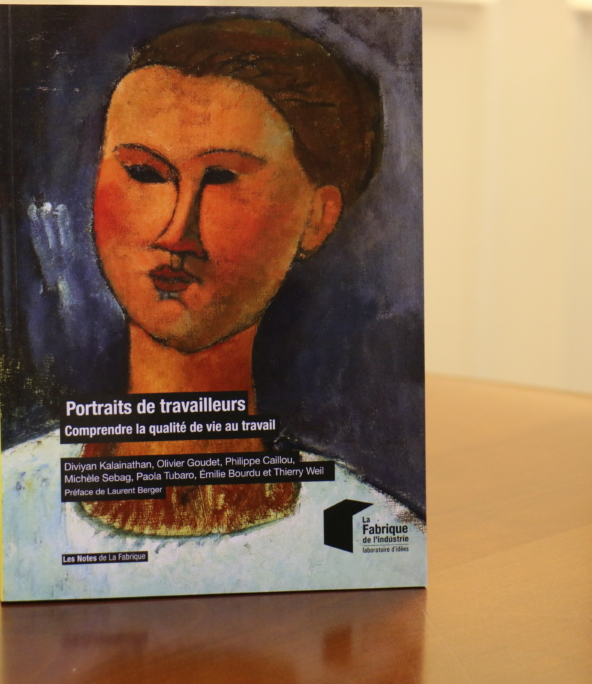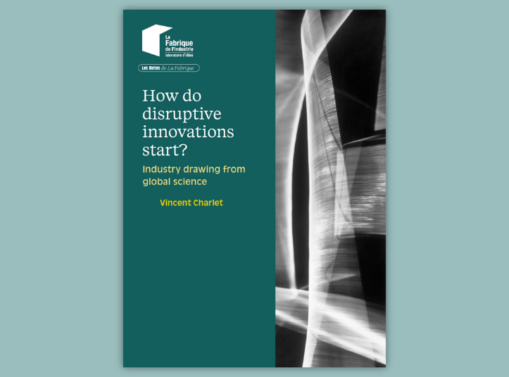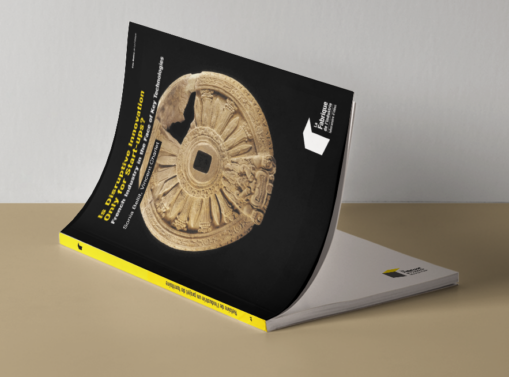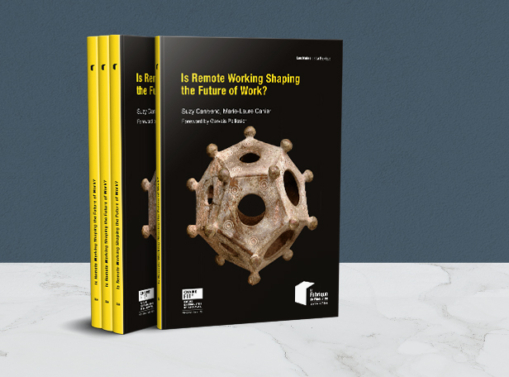Portraits of workers: understanding the quality of work life
Consensus is growing that business performance can be increased by improving employees’ quality of work life (QWL) through granting them greater autonomy in their work (Bourdu, Péretié and Richer, 2016a). However, this management assumption still lacks statistical proof.
Consensus is growing that business performance can be increased by improving employees’ quality of work life (QWL) through granting them greater autonomy in their work (Bourdu, Péretié and Richer, 2016a). However, this management assumption still lacks statistical proof. This note is the result of research aimed at filling this gap and presents the preliminary results. The main questions tackled by this study are: Who are French workers? What are their working conditions like, and how do they feel at work?
The research is based on an analysis of answers to a 2013 questionnaire on work conditions carried out by the statistical department at the French Ministry for Labour, Dares. Involving a representative sample of the working population in France, it can be used to identify the objective and subjective determinants of the quality of work life. Several individual profiles are thus defined considering both their objective work conditions (working hours, pay, exposure to nuisances, etc.) and the way they feel about work (well-being at work, tensions with colleagues or managers, impression of being badly paid, etc.).
Through this approach, we observe that objective and subjective perceptions of QWL follow very different patterns, that some occupations are exposed to very high constraints, that the quality of the hierarchical relationship plays a key role in the way that individuals perceive their QWL, and that sociological dimensions are involved in the feeling of being “happy at work”.
One worker in five experiences difficult work conditions
Eight types of worker emerge based on their objective work conditions. Generally, these profiles can be identified by their field of activity or majority status: self-employed, labourers, higher managerial and professional occupations in the private sector (private CSP+), higher managerial and professional occupations in the public sector (public CSP+), low-skilled services, health sector workers. In the process, the apparently defunct category of industrial workers “re-emerges”. Two exceptions exist, however. First, many people in employment who come from recent migrant backgrounds share such similar work conditions that they emerge as a specific profile, independently of their occupation. Second, people in employment who have experienced one or more occupational accidents make up another specific profile.
Each objective profile has weak points and strong points concerning different QWL dimensions (value conflicts, recognition, autonomy, physical constraints, etc.). For example, self-employed people enjoy the satisfaction of independence in exchange for a heavy work load, executives benefit from autonomy due to their status at the price of increased stress, arduous physical conditions are rarely combined with long hours, etc. Nevertheless, we note that the general QWL level of health professionals and victims of occupational accidents is rather low and therefore a matter of concern; the latter represent a little more than 20% of people in active employment. Healthcare professionals undergo much greater emotional demands and work constraints than the other profiles, including night and weekend shifts and frequent exposure to disease and death. Victims of occupational accidents are subject to very high physical constraints, very strong value conflicts, high work intensity and little autonomy. In addition, workers with a public CSP+ profile, although more educated and better paid than employed people in general, tend to miss out on occupational healthcare schemes. While they are often confronted by people in situations of distress (70% of the individuals in the group) and often have to calm people down (74%), 21% of them have not seen an occupational physician for at least five years, and 12% have never seen one at all (compared to proportions respectively three and two times smaller for the population as a whole).
Highly ordered subjective profiles of workers for all dimensions of QWL
In a second stage, these same employed people can be grouped into six new profiles, this time based on what they feel about work. These subjective profiles, unlike the previous ones, clearly correlate with the different dimensions of QWL, from those who report being “Happy”, who have the highest scores in all dimensions, through those who have “Nothing to report”, to two groups subject to stress – Tensions with management and Tensions with colleagues. These tensions are mainly about communication (receiving systematic criticism, being systematically ignored, etc.). Midway between these two QWL extremes, the Change group gathers workers who have undergone a change in position or work organization, a restructuring, a move, a buy-out, or a change in management. In one case out of two, they were not consulted. Managers in the civil service are most concerned by this type of change, followed by engineers, and company managers and sales staff.
When tensions are present in the work place, relations with management appear to play a major part in how individuals feel. In fact, tensions with colleagues, in the absence of tensions with management, only have a low negative impact on personal well-being (calculated based on the WHO index (1)). On the other hand, the emergence of tensions with management is associated with a sharp drop in this index. Moreover, there is a very clear correlation between those who can objectively be called “occupational accident victims” and those who report high tensions with their colleagues or supervisors.
The paradoxes of “happiness at work”
Individuals employed as labourers, in low-skilled services, or from a recent migrant background are the most likely to report being “happy” in the work place. Managers in the public and private sectors are paradoxically less enthusiastic. For the first three groups, which are more exposed to the risk of unemployment, it is possible that the fact of being in work is a potentially bigger source of satisfaction than for working people in other categories. In addition, they are more likely to report pride in their work. Put another way, sociological dimensions play a role in how individuals feel about their work.
If we consider employed people based on their socio-economic category, members of the clergy are the “happiest” at work (44%), followed by farm workers (32%), unskilled and skilled workers in craft trades (respectively 27% and 25%), drivers (23%), unskilled manufacturing workers and commercial employees (21% each).
Individuals who report being “happy” in the work place also tend to be proud of their company (72%) and share the feeling that they are not exploited (83%). They are paid less than the average total population (€1,753 net a month compared to €1,877) but 57% of them consider that they are well or very well paid. The proportion of “happy” workers increases sharply with the perception of being well paid. The opposite is true for individuals who come into the profile of Tensions with management, 51% of whom see themselves as badly or very badly paid. Money does not therefore make you happy at work, but the impression of being well paid does play a part.
Overall, a person’s autonomy at work is primarily determined by his or her status – management or non-management. Within these two categories, we observe a significative and positive correlation between autonomy and the subjective perception of QWL. However, the relationship is not simple: the people who are “happiest” at work are not the most autonomous, and the most autonomous are not the happiest, which suggests that beyond a certain threshold, autonomy at work could be accompanied by pressure or insecurity that cancels out its positive impacts.
To order the Note in paper version, please go to the Presses des Mines website.
(1): Well-being score devised by the World Health Organization (WHO), comprising five questions with five levels relating to everyday feelings described in terms of cheerfulness, calm, vigour, rest, and a daily life filled with things of interest.




